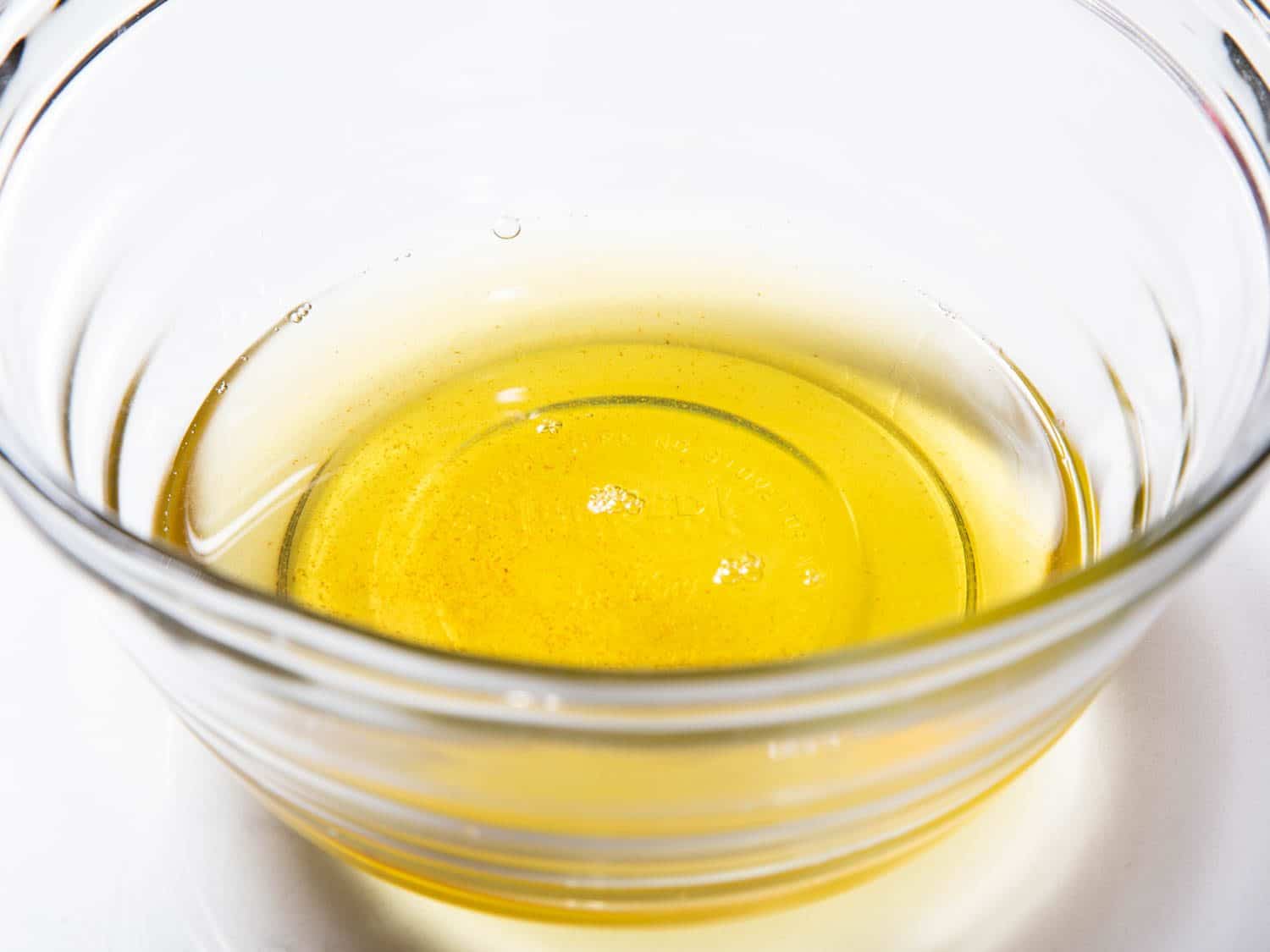If you are using store-bought ducks or geese — goose fat is more or less the same as duck fat — no need to worry; it’ll be good. If you are using wild ducks or geese you need to be a bit more careful.
Your best bets are, in order of preference: pintails, wood ducks, specklebelly geese, green-winged teal, mallards, canvasbacks, wigeon, gadwall and other birds. In general, avoid spoonies unless you are absolutely certain they’ve been eating rice. Avoid all sea ducks and most divers. Canada geese can be OK, but I generally won’t render fat from them.
How to Render Duck (or Goose) Fat
- Carefully remove all of the skin and fat from the duck, cutting close to, but avoiding the meat. Once removed, cut into chunks, approximately 1”x1”.
- Place the cut skin into a heavy-bottomed stockpot or large Dutch oven. Pour about ¾ cup of water over the skin. Simmer over medium-low heat, turning the bits of skin occasionally, until the water has evaporated and the skin has fully crisped and released its fat. This process should take about an hour. Note: As the fat renders and the water evaporates, the mixture may hiss or spatter. This is normal.
- With a slotted spoon remove the cracklings and drain in a bowl lined with paper toweling. Sprinkle with sea salt while warm. Duck cracklings can be kept in an airtight container at room temperature for up to 3 days, although they are best served fresh.
- Allow the liquid fat to cool slightly, then strain into clean, sealable containers using a fine mesh sieve lined with cheesecloth. Store the duck fat covered in the refrigerator for up to 6 months or in the freezer for a year.


